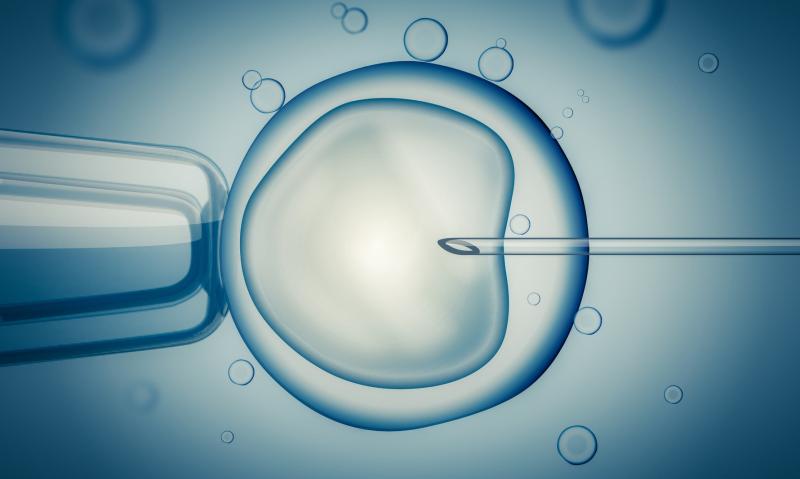
In vitro fertilization (IVF)-treated women in pregnancies conceived via frozen embryo transfer, with both autologous or donor oocyte, and fresh donor oocyte embryo transfer appear to have an increased risk of hypertensive disorders of pregnancy, such as gestational hypertension and pre-eclampsia, suggests a study.
On the other hand, such risk is not seen with autologous oocyte-fresh embryo transfers IVF cycles.
A total of 1,465,893 pregnancies (1,382,311 births to fertile women and 83,582 births to IVF-treated women) were included in the analysis. IVF-treated women with autologous-fresh cycles did not appear to be at higher risk of hypertensive disorders of pregnancy than fertile women (adjusted odds ratio [aOR], 1.04, 95 percent confidence interval [CI], 0.99–1.08).
Among IVF births, the autologous-thawed (aOR, 1.30, 95 percent CI, 1.20–1.40), donor–fresh (aOR, 1.92, 95 percent CI, 1.71–2.15) and donor–thawed (aOR, 1.70, 95 percent CI, 1.47–1.96) groups increased the risk for hypertensive disorders of pregnancy. Results did not significantly change even after excluding women with pregestational diabetes or chronic hypertension and adjusting for body mass index and infertility diagnoses.
Stratifying by <34 weeks (early-onset hypertensive disorders of pregnancy) compared with ≥34 weeks (late-onset hypertensive disorders of pregnancy) revealed that only the donor–fresh group had a higher risk of early-onset hypertensive disorders. However, the risks for all other oocyte source–embryo state groups compared to autologous–fresh were increased for late-onset hypertensive disorders.
This study linked women in eight states who underwent IVF resulting in a live birth during 2004–2013 to their infant’s birth certificates, and a 10:1 sample of births from non-IVF deliveries were selected for comparison.
Women with an indication of infertility treatment on the birth certificate were categorized as subfertile and excluded. The rest were categorized as fertile. IVF pregnancies were also categorized by oocyte source (autologous vs donor) and embryo state (fresh vs thawed).